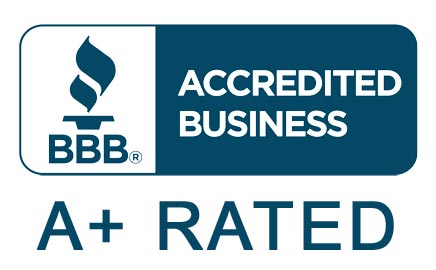Finding a used car that doesn’t end up being a lemon has nothing to do with luck – it’s all about knowing what to look for. Identifying potential problems and having the vehicle inspected can save you from costly automotive issues down the road.
Buying a Used Car
Like the costs of real estate these days, the price of used cars has gone up due to shortages, supply, and demand. Although used car costs are rising, you can still find a better deal than buying a new vehicle. If you’re open to different makes and models, there are still a lot of good, affordable used cars out there that should fit your requirements and budget.
The following advice will help you determine whether a used car you’re considering is a good one or loaded with potential problems.
Check the Vehicle’s History
A vehicle history report from companies like CarFax can warn you of accident, fire, or flood damage, of possible odometer fraud, or tell you if a salvage or rebuilt title has been issued for the car. To get this information, you’ll need to provide the vehicle identification number (VIN) located on the dashboard. Most used-car dealerships and online marketplaces provide vehicle history reports for free; otherwise, you’ll need to pay for it (well worth the cost). Vehicle history reports aren’t perfect, so you’ll want to do your due diligence and follow the other advice listed here.
Check the Exterior
Start by walking around the car, looking for chipped paint, dents, broken lamp housings, mismatched body panels or parts, chipped windows, and rust. Other problems to look for include:
- Gaps between the body panels that don’t line up
- Overspray of paint on rubber trim, chrome, or wheel wells
- A hood, door, or trunk that won’t close or seal correctly – evidence of damage or shoddy repair work
- Inconsistent welding around the doors, hood, or trunk, signs of previous repairs
The paint of a car will also tell a story. Factory paint jobs go on smoothly and before the trim is added to the vehicle. Body shop’s paint jobs can be a bit rougher, and there will often be overspray on the trim.
All of the exterior problems listed here are also signs that the vehicle may have been in an accident.
Check the Interior
Carefully inspecting the car’s interior can reveal a lot of obvious problems, including a sagging headliner, missing knobs, buttons, handles, and a cracked dashboard. An airbag warning light that stays on can be an indication that an airbag has deployed, was not replaced, or was incorrectly replaced. Discolored carpeting, intermittent electrical problems, or silt in the trunk, are common signs of flood damage. A mildew smell, typically caused by a water leak, can be tough to get rid of.
Check the Tires
Tire wear should be even throughout the width of the tread and on both sides of the vehicle. Over-inflated tires are generally more worn in the middle. Under-inflated tires typically wear more along the side. Significant wear on the outside shoulder close to the tire’s sidewall signifies that the vehicle has been driven hard. Other parts of the car are also affected by aggressive driving. Cupped tires (have worn unevenly on the tread’s circumference) can be a sign of problems with the suspension, steering, or brakes.
Take the Car for a Drive
When you drive the car, listen to the engine and make sure it feels like it’s running smoothly. Can you shift the gears without any hesitation or lurches? There shouldn’t be any unexpected noises, and the engine shouldn’t rev excessively before the vehicle accelerates. Revving excessively is a sign of a worn-out or misadjusted clutch or an impaired automatic transmission. Also, listen for pinging and knocking sounds while accelerating. These are indications of bad ignition timing or an overheating engine.
Before You Buy
Before you buy a used car, have it inspected by a qualified ASE-certified mechanic. A comprehensive diagnosis will run around $150. If you’re a AAA member, you should consider using one of the auto repair shops they recommend. A dealer shouldn’t have any problem letting you have the car inspected if you leave identification. A private seller may be more reluctant, but you can offer to follow them to an auto repair center to have it inspected.
Contact us today if you want us to check out the used car you’re considering purchasing.






